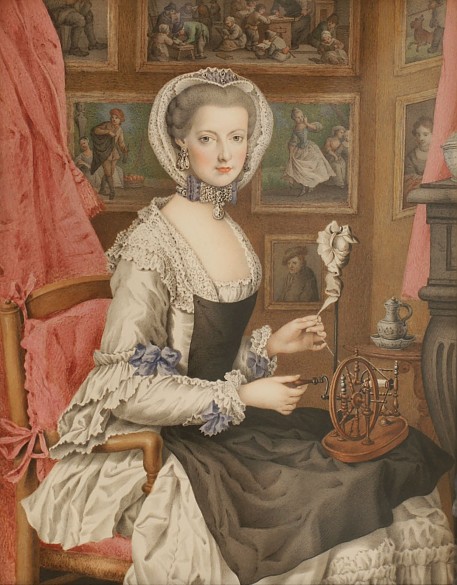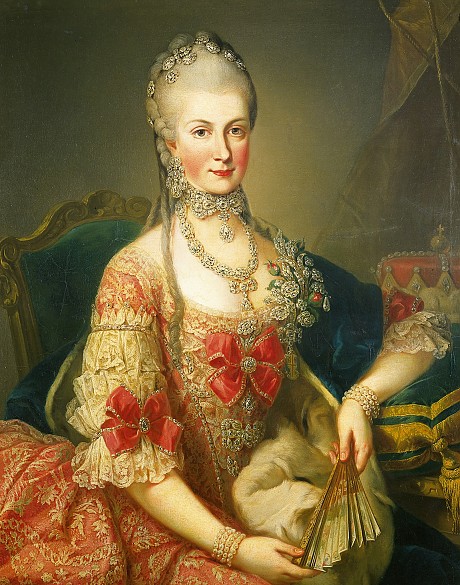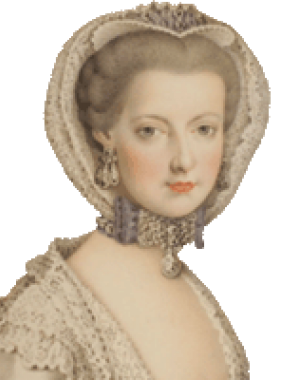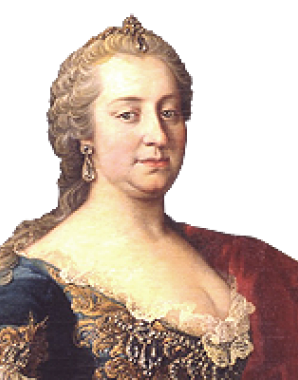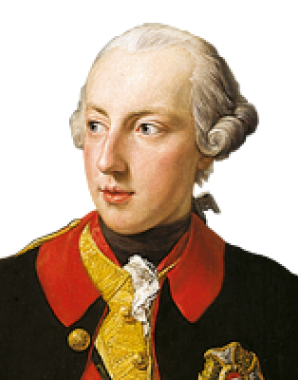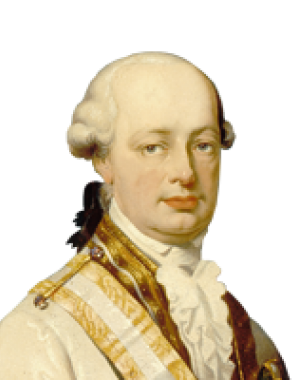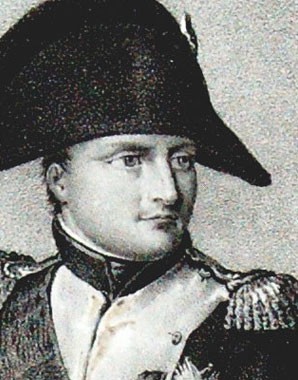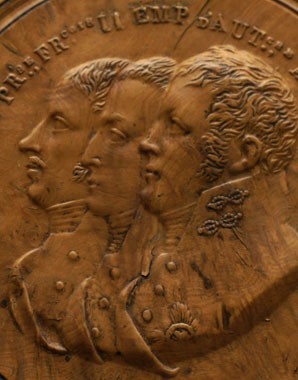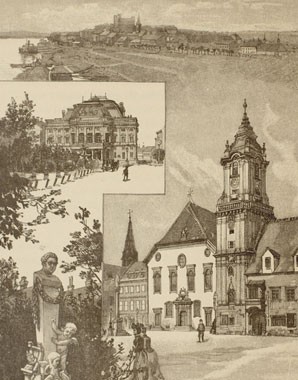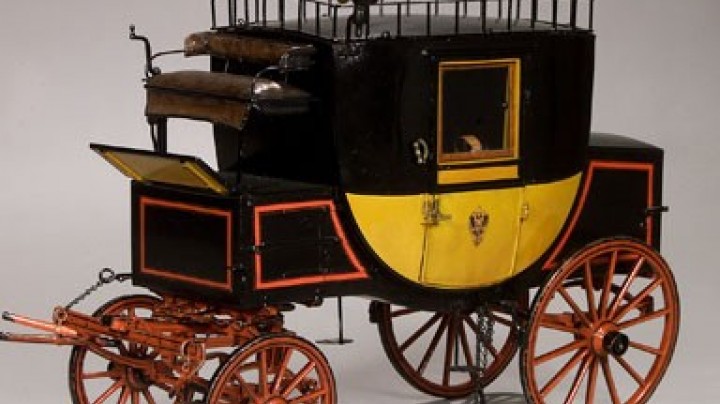The favourite daughter and the patron of the arts
While most female members of the house of Habsburg were married against their will, a few were lucky and had a say in the choice of their husband. One such ‘lucky one’ was Marie Christine.
Not only was Maria Theresa highly active in politics, but her daughters were also entrusted with political tasks, albeit usually – in accordance with the motto Tu felix Austria nube (‘Thou, happy Austria, marry’) – as pawns on the dynastic marriage market. Most of the daughters were married off without their consent, but one was lucky enough to be able to choose her husband herself: Maria Theresa’s favourite daughter Marie Christine.
Called ‘Mimi’ by her mother, even in her upbringing she received preferential treatment. In 1766, the 24-year-old archduchess married Duke Albert-Kasimir of Saxe-Teschen at Schloss Hof Estate. Although Albert was not especially rich and had no political prospects, he possessed one qualification that could not be taken for granted in the average archduchess’s husband: culture. He was also sympathetic towards the Enlightenment and the Freemasons. The marriage appears to have been a happy one, though childless following the death of one new-born daughter, and there are rumours of Marie Christine having had a lesbian relationship with her sister-in-law Isabella.
To provide him with a source of income, Maria Theresa appointed Albert governor of Hungary with his residence in Pressburg. After Maria Theresa’s death he was sent by Emperor Joseph II to be governor of the Netherlands, where he and his wife resided for preference in the summer palace of Laeken near Brussels. In the political field, Albert and Marie Christine had to deal with a number of popular acts of resistance to Joseph’s reforms. The spread of the revolt against Habsburg rule from the summer of 1789 onwards meant that the Habsburg presence in the Netherlands was effectively on the point of disintegrating. Following Joseph’s death, his brother and successor Leopold II was intent upon restoring Habsburg power. Although the year 1790 was to see him succeeding in this, the restoration was short-lived, as the armies of the French Revolution were already swiftly advancing. After suffering military defeats, Marie Christine and Albert finally had to take flight from the French armies. Nor did the Habsburgs lay any claim to the Netherlands at the Congress of Vienna.
When Marie Christine died in 1798 in Vienna, Albert commissioned the sculptor Antonio Canova to erect a tomb ‘for his supremely good wife’ – ‘uxori optimae’ – in the Augustinian church in Vienna. Albert, who was an enthusiastic collector of art, also made an enormously important bequest to the city of Vienna in the form of his collection of prints and drawings, known to this day in his memory as the Albertina.
